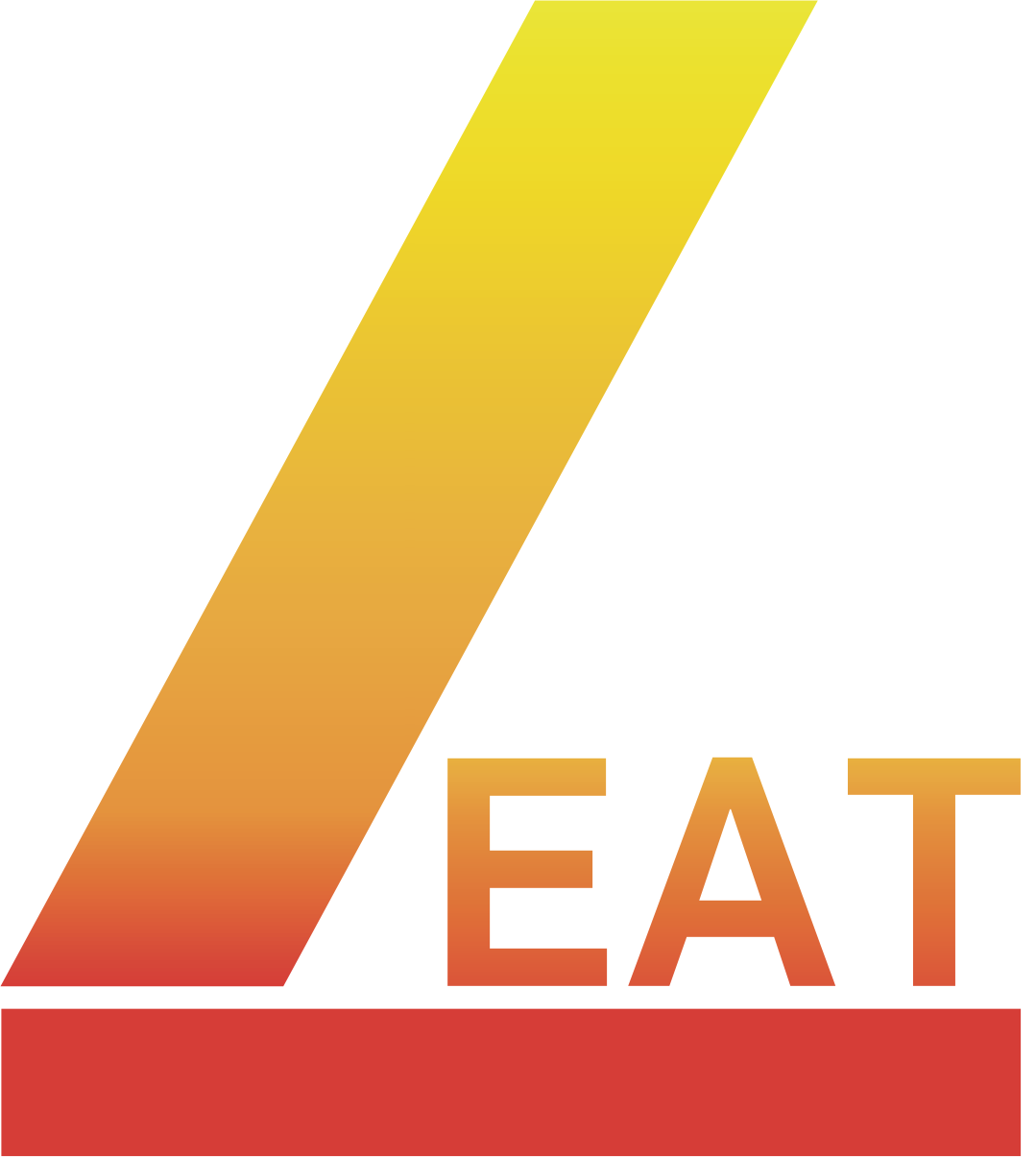Physical Modelling of Energy Conversion Processes
The urge for optimisation of process technologies and the statutory regulation of pollutant emissions have tremendously enhanced the operational requirements for modern furnaces, affecting the design of new burner technologies to become more and more demanding and cost intensive. The application of physical modelling of burners and furnaces introduces an opportunity to systematically and at the same time highly cost effectively examine the influence of their operating parameters. The following enumeration shows the main procedures of the Physical Modelling that are utilised at our institute:
- Investigation of the flow and mixture of isothermal models (Measuring techniques: Laser Doppler Anemometry, Phase Doppler Anemometry, Hot Wire Anemometry, Flow Visualisation Techniques and an Flame Ionisation Detector)
- Investigation of flow, mixture and heat exchange of non-isothermal models (Measuring techniques: Laser Doppler Anemometry, Phase Doppler Anemometry, Flow Visualisation Techniques and a Spectral Radiometer)
- Investigation of flow, mixture and combustion processes (Measuring techniques: Laser Doppler Anemometry, Phase Doppler Anemometry, TOSCA)
The traditional Physical Modelling Technique uses a simplified model of an industrial application (e.g. burner, furnace or industrial oven) reduced to small scale accounting for special features through geometric resemblance. This model then is usually operated by air under isothermal conditions. The existence of an turbulent state of flow both at the real application and the model is a prerequisite to meet.
In addition to the geometric similarity, the dynamic similarity also needs to be considered, which requires a constant ratio of the flux momentum densities. The variation of operating parameters (e.g. conditions at the inlet and special geometric features) quickly (and comparatively cheaply) state their influence on the flow and mixing behaviour of the employed fluids. The advantage of the isothermally operated models is the easy variation of the overall geometry and the fluid inlet conditions. The flow visualisation techniques support these experiments through visualisation of flow features resulting from parameter variations. These type of investigations have already been pursued with various complex burner- and furnaces models of conventional power plants.


